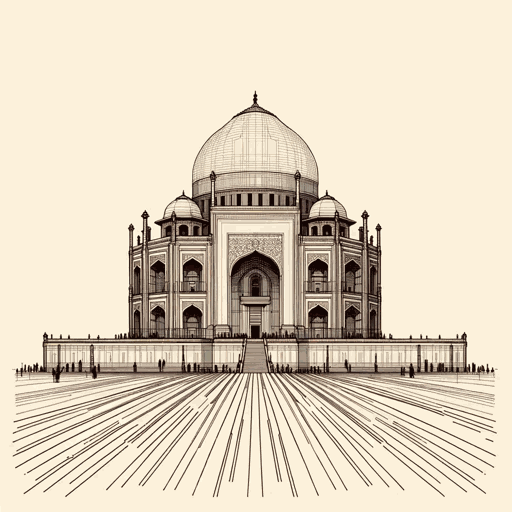71 pages • 2 hours read
Mahatma GandhiThe Story of My Experiments with Truth
Nonfiction | Autobiography / Memoir | Adult | Published in 1927A modern alternative to SparkNotes and CliffsNotes, SuperSummary offers high-quality Study Guides with detailed chapter summaries and analysis of major themes, characters, and more.
Themes
A Syncretic Quest for Truth
Gandhi’s lifelong quest for truth, which he referred to as satyagraha, or the “force of truth,” linked inextricably to his spiritual journey and political and social activism. This pursuit, rooted in his early exposure to Hindu traditions, expanded to encompass global philosophical streams, culminating in a unique spiritual-political synthesis that aimed to dismantle the shackles of colonialism and restore dignity to the oppressed. Born into a devout Hindu family in the late 19th century in Gujarat, India, Gandhi had early exposure to the Vedic teachings, the epic texts of the Mahabharata and Ramayana. Gandhi particularly relied on the teachings of the Bhagavad Gita, and its discourse on dharma (duty), karma (action), and devotion profoundly shaped his thinking. In the Bhagavad Gita, the dialogue between Prince Arjuna and Lord Krishna on the battlefield of Kurukshetra underscores the significance of righteous action without attachment to results. This philosophy of Nishkama Karma (selfless action) became a cornerstone of Gandhi’s activism and his doctrine of nonviolent resistance.
Nevertheless, his spiritual paradigm wasn’t defined solely by his Eastern roots. Two seminal Western thinkers, Leo Tolstoy and John Ruskin, further enriched Gandhi’s spiritual milieu.
Related Titles
By Mahatma Gandhi
Featured Collections
Asian History
View Collection
Books on Justice & Injustice
View Collection
Class
View Collection
Class
View Collection
Colonialism & Postcolonialism
View Collection
Contemporary Books on Social Justice
View Collection
Education
View Collection
Health & Medicine
View Collection
Indian Literature
View Collection
Memorial Day Reads
View Collection
Military Reads
View Collection
Philosophy, Logic, & Ethics
View Collection
Politics & Government
View Collection
Poverty & Homelessness
View Collection
Religion & Spirituality
View Collection
Truth & Lies
View Collection



